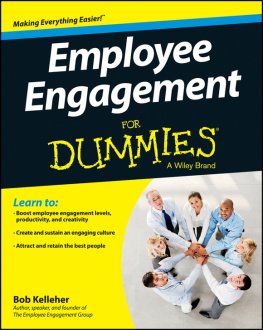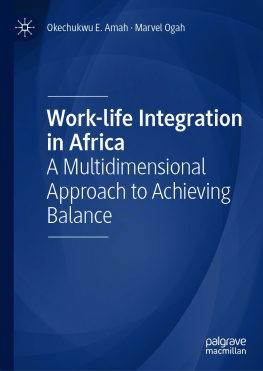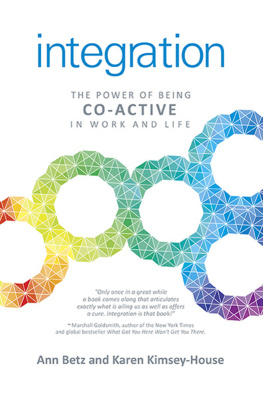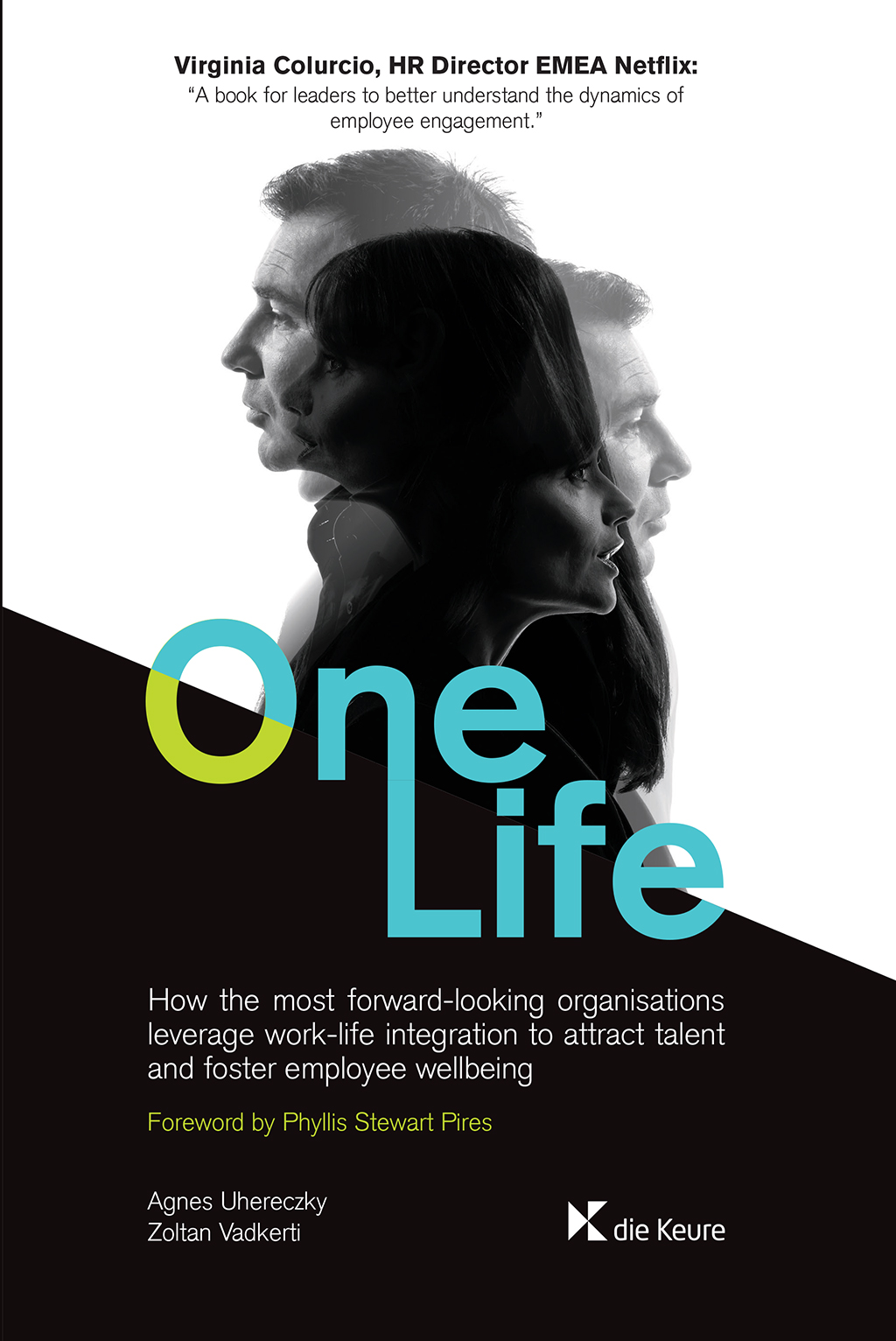Advance reviews
Work-Life integration allows the worker to have freedom of choice and view both work & life as a blended journey towards happiness & wellbeing. This book is a new horizon that will take your human practice in the workplace to a new dimension.
Dr Mansoor Habib, Senior Director Employee Happiness, du
This is a book that is a must-read for every manager, HR professional, and C-suite executive looking to create dynamic, innovative yet sustainable enterprises. One Life, how the most forward-looking organisations leverage work-life integration to attract talent and foster employee wellbeing synthesizes extensive research from a wide variety of sources, fascinating case studies, as well as the authors years of on-the-ground expertise, to provide an approachable, sensible framework for developing and implementing work-life integration strategies that will lead to lasting change. Want a guidebook to creating a better future of work and a better world? This is it.
Brigid Schulte, award-winning journalist, author of the NYT bestselling Overwhelmed: Work, Love and Play when No One has the Time and director of the Better Life Lab at New America
Vadkerti and Uhereczky expertly explore new concepts related to work-life integration and suggest innovative new frameworks and approaches. Among all the books on work-life integration, this is one that delivers.
Tracy Brower, PhD, MM, MCR, author of Bring Work to Life by Bringing Life to Work
Moving the work life discussion on from balance to integration, Uhereczky and Vadkerti make their 10 years of research accessible to us all. The case studies, from various countries and sectors, are a great insight into the challenges and successes of this revolution. An informative and practical book for anyone interested in applying these principles to their organisation.
Nick Brook, Head of Facilities for Pinsent Masons LLP
There were times that organisations and HR did not look at the whole person but only at their competencies and productivity. But people come to work as a whole and connected with their roles outside of work. Without saying that everyone needs to have a perfect balance all the time (life is not like that), we need to make sure that people are able to cope. And thats why work-life integration as a target and as a means is important in any debate about the future of work. This book gives you the inspiration and the framework to think about how you can make your organization progress in this field.
David Ducheyne, Chief People Officer, Founder of Otolith
Work-life balance is not something that happens, it is something that you create.
This book will help your organisation attract and retain the much-needed talent, improve employee wellbeing and engagement by reducing absenteeism and burnout and also help improve diversity and gender balance within the teams and at leadership levels, through a new organisational design.
The message is clear: the success of companies today depends on their ability to attract and retain a talented and skilled workforce and ensure sustainable employment.
Identifying stakeholders early on along your organisational journey to work-life integration is mission critical.
Globalising work-life integration may be even longer than a marathon, but a key point to consider for every business is to focus on global initiatives and local actions.
The way the job is designed and work organised has a huge impact on the interference of either work on the personal life, the interference of life events on work, but also the mutual enrichment of both spheres.
By now you are aware, that work-life integration is not a 1-day per year event. It requires systematic and structural support and long-term thinking to make it effective and really worthwhile. We will focus on some key factors in the next chapter, which will ensure the long-term success of the programme.
6. The way forward

Work-Life integration management is of course not the answer to all the challenges within your organisation. We are however absolutely convinced, that it is the right answer to a set of very defined problems. A lot of the challenges that we have described in the book are encountered by many organisations today, and the solutions currently deployed by the majority of them are half-baked, composed of a lot of different parts, with no clear delineation of responsibility. And this is not sustainable. The issues we have listed in the book are only going to grow, they will certainly not go away. Just read any of the surveys asking the new generations coming into the workplace about their values and preferences towards their working lives. And it is not only the young people. Older generations are also expressing their wish to be able to have a meaningful job and also a happy and successful life outside or including work.
In the previous chapters we have presented a number of new perspectives on work-life integration, people management and HR. We have shared a number of real life examples of organisations that are struggling with the issues around the new context of work and the changing demands of the workforce, and how they have overcome them.
So what next? We started our research to write this book, because we felt that current thinking about work-life integration has been stagnating for a while. Our mission is to help take it to the next level. There are a number of trends and events that fill us with hope and reinforce our belief that there is a collective will to advance on work-life integration, but there are a number of conditions that need to be in place for this to happen on a more systematic and widespread manner.
These conditions are necessary to build solid organisational cultures around work-life integration, and these also drive better organisational outcomes:
Strategic position
Work-life integration needs to be regarded as business-critical, not as compliance-necessary. It is a musthave and not only a nice-to-have. Organisations that approach work-life integration as a business priority are more likely to report superior business outcomes.
A number of studies into the impact of diversity and inclusion managers has demonstrated, that organisations take D&I seriously if they can overcome organisational resistance to diversity and being change agents themselves. To do this, they need to
be equipped with the necessary resources and have access to strategic processes of decision making and resource allocation at work.
If work-life integration managers do not have a strategic position, or the entire issue is not receiving a strategic focus, then resulting from that, the capacity for long-term and diverse programmes are going to be very limited which will also result in much lower outcomes, and work-life issues will be stuck in a permanent vicious circle. This is what we can observe in organisations which are situated on the first 2 levels of the work-life integration maturity scale.
On the other hand, with a strategic recognition comes increased access to decision making and resources, longer-term programmes with much greater demonstrable impact for the people and the organisation, which will fuel the allocation of more resources for more impact. The feedback loop between employees, the work-life manager and the senior leadership is critical, and can result in raising the offering and extending the services.
Leadership







